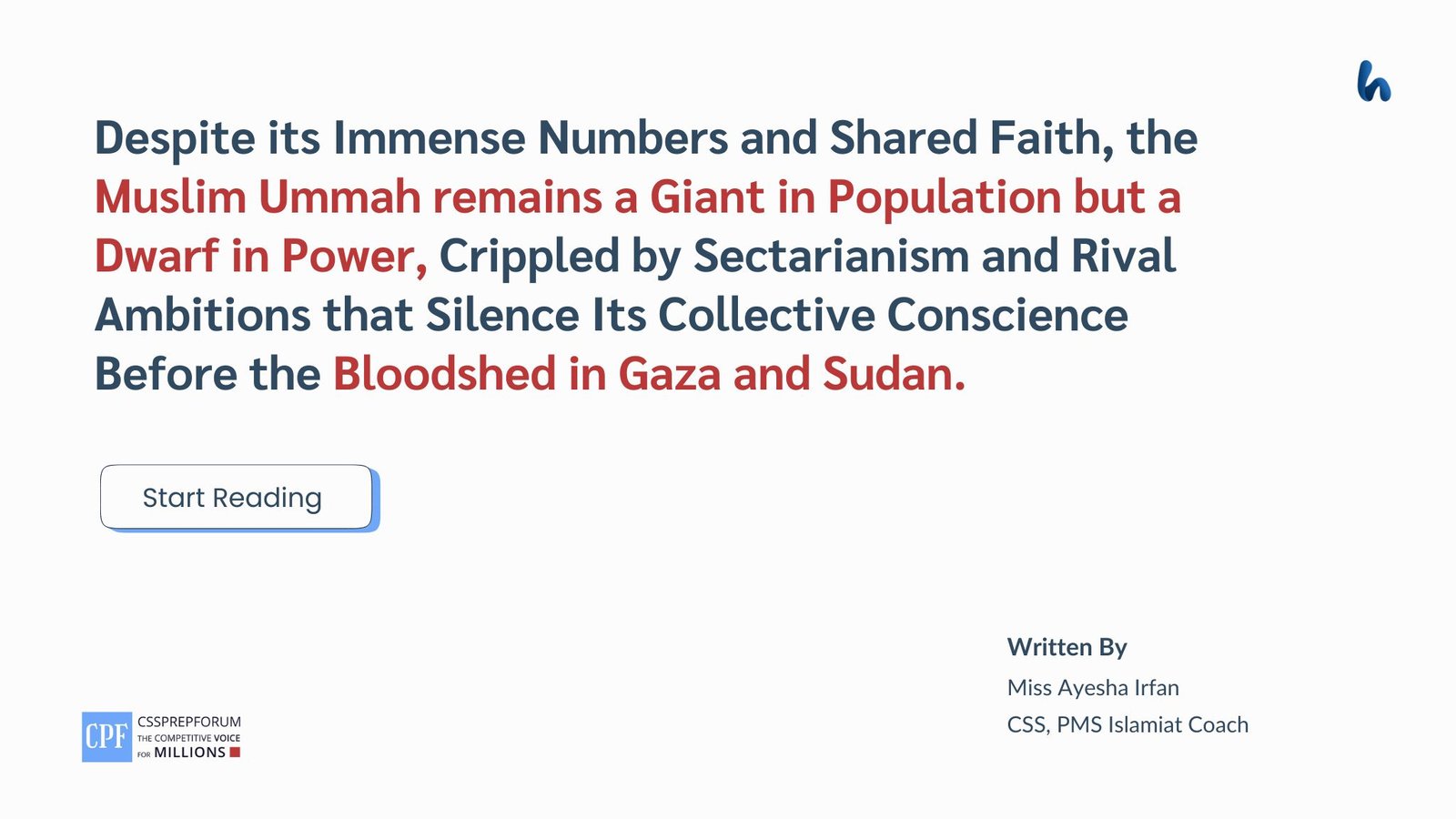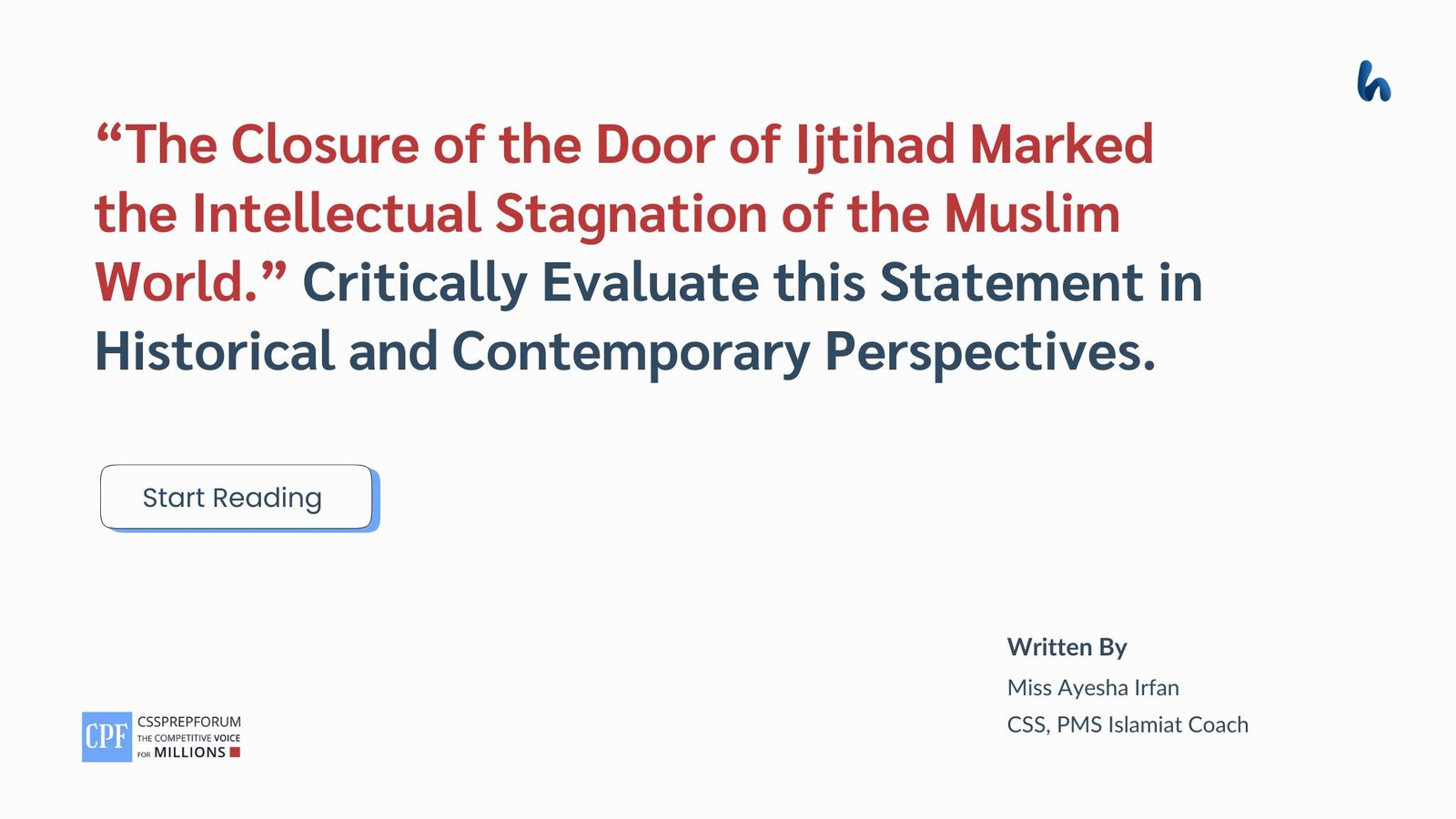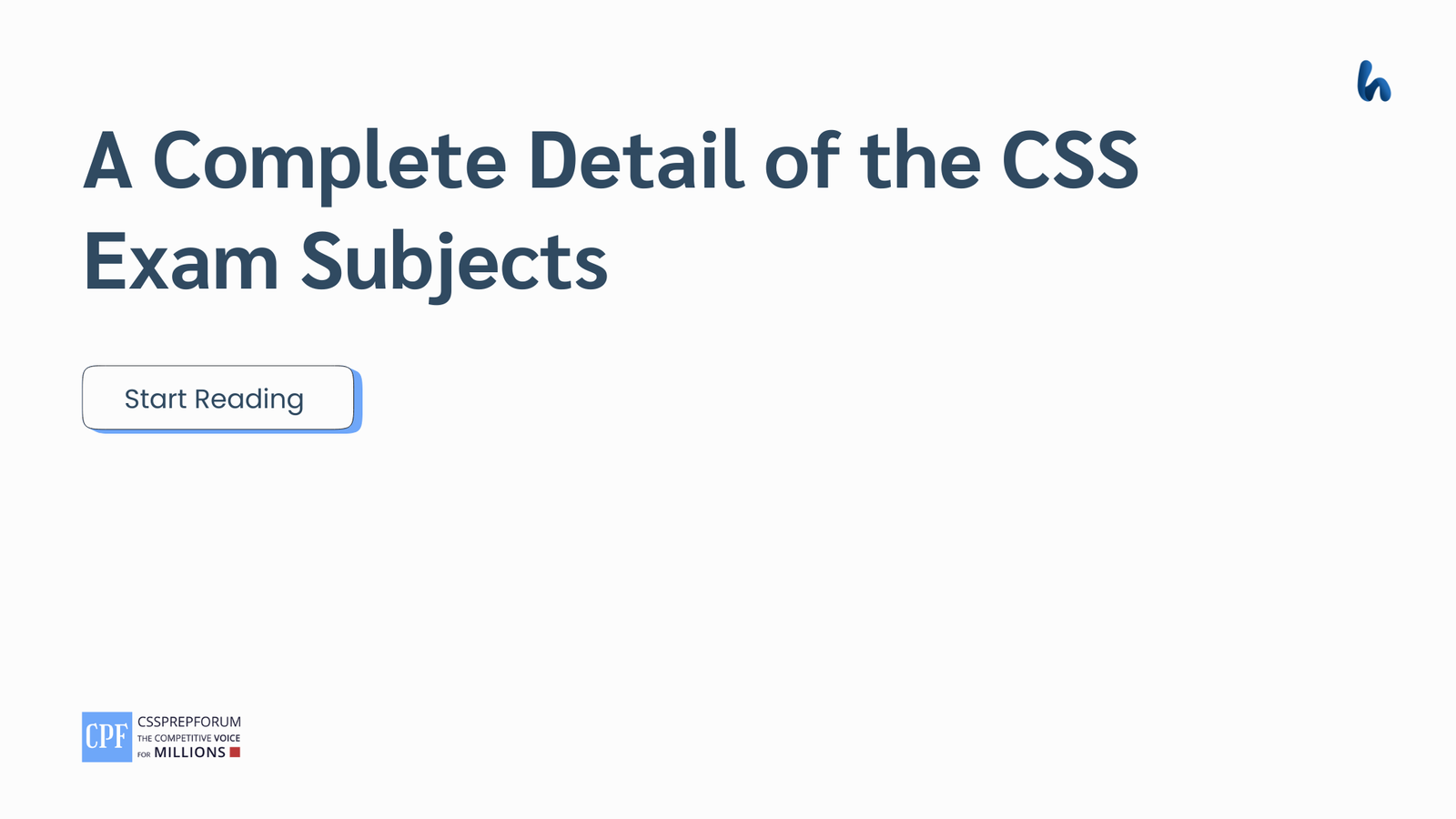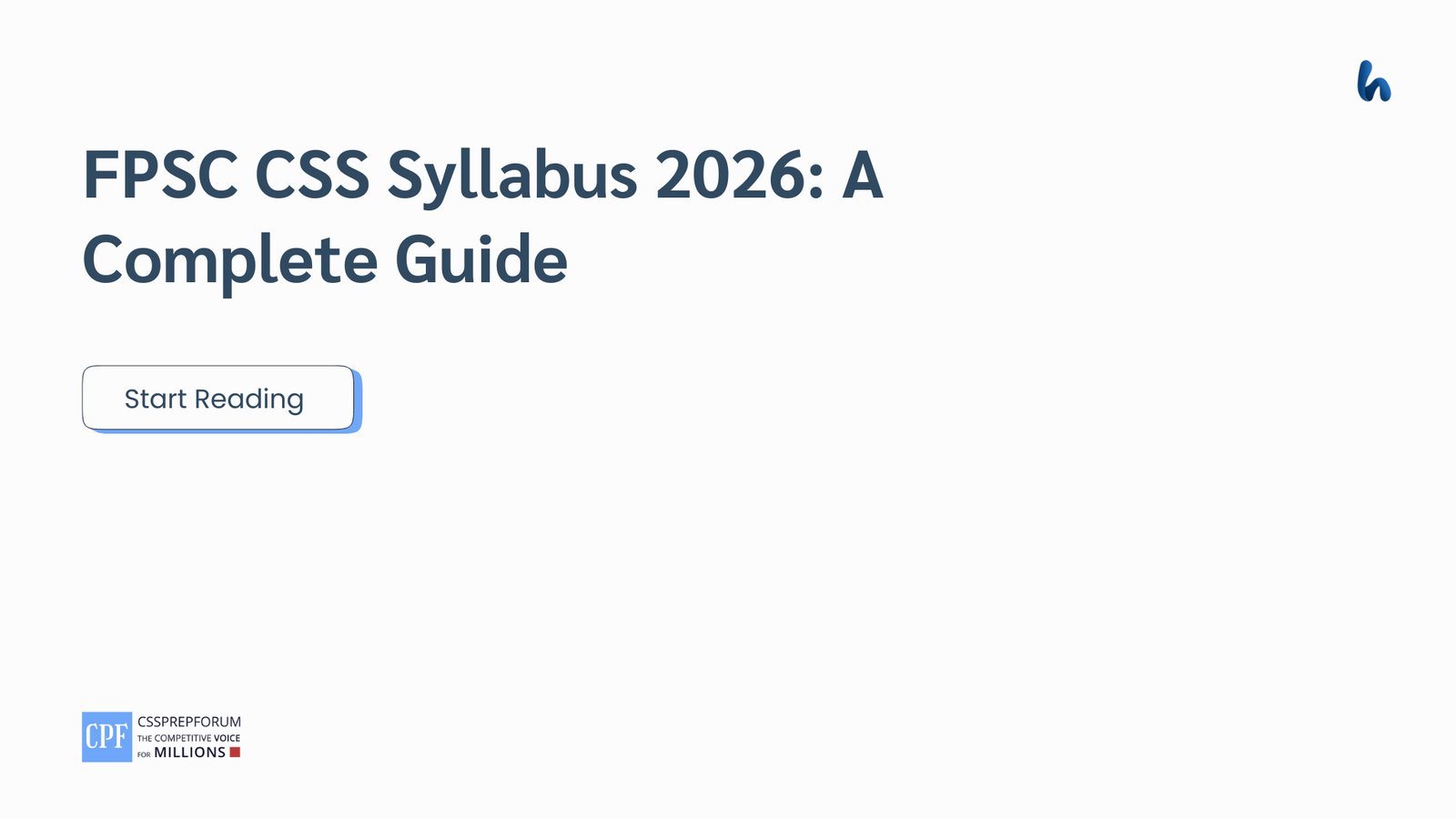Dialogue Progress between Pakistan and India | DailyWriteup | Opinions
The following article, “Discuss the Possibilities of Progress Under the Recently Agreed Rubric of Comprehensive Dialogue Between Pakistan and India. In Your Opinion, What are the Major Constraints at Present?”, is written by Amna Sehrish, a student of Sir Syed Kazim Ali. Moreover, the article is written on the same pattern, taught by Sir to his students, scoring the highest marks in compulsory subjects for years. Sir Kazim has uploaded his students’ solved past paper questions so other thousands of aspirants can understand how to crack a topic or question, how to write relevantly, what coherence is, and how to include and connect ideas, opinions, and suggestions to score the maximum.

Outline
1- Introduction
2- Historical perspective of India and Pakistan’s relationship
3- The Rubric of Comprehensive Dialogue
4- What were the critical issues discussed in the dialogue?
- ✓Peace and security
- ✓Kashmir dispute
- ✓Siachen dispute
- ✓Wullar Barrage/ Tulbul Navigation Project
5- What are the Possibilities of Progress under the rubric of comprehensive dialogue?
- ✓Requires sincere bilateral solution
- ✓Economic Cooperation and Trade Opportunities
- ✓International Mediation and Support
- ✓Cultural and People-to-People Exchanges
- ✓Joint Environmental Initiatives
- ✓Technology and Knowledge Sharing
- ✓Youth and Educational Initiative
6- What are the significant constraints at Present?
- ✓Lack of Confidence & Trust
- ✓Indian Violent Nationalist Groups
- ✓Hawks against Peace
- ✓Water Dispute
- ✓Current regime and BJP’s stubbornness
- ✓Absence of Free Trade
7- Critical Analysis
8- Conclusion

Answer to the Question
Introduction
In November 2015, amidst tensions and ongoing confrontation, Pakistan and India refocused on reconciliation through the Comprehensive Bilateral Dialogue (CBD) to continue the Composite Bilateral Dialogue that began in 2004. This agreement came after months of active confrontations between the two countries over cross-border conflicts. Despite trying to make peace, both countries still face unresolved complexities in their mutual relationship. Peace and security, confidence-building measures (CBMs), Jammu and Kashmir, Siachen, Sir Creek Boundary Dispute, Wuller Barrage or Talbul Navigation Project, economic and commercial cooperation, counter-terrorism measures, narcotics control, people-to-people contacts, religious tourism, and humanitarian issues are all covered in the ten-point Comprehensive Bilateral Dialogue (CBD). Despite having linguistic, cultural, geographic, and economic ties, several historical and political events complicated India-Pakistan relations. The two nations have fought multiple wars and other military conflicts since partition. The Kashmir issue lies at the heart of all of these incidents. Their relationship has been characterized by hatred and distrust, especially since the Siachen War, the escalation of the Kashmir insurgency in 1989, Indian and Pakistani nuclear tests in 1998, and the Kargil War in 1999. The two nations achieved de-escalation through confidence-building initiatives that are diplomatic initiatives to address the longstanding problems impeding bilateral relations, showcasing a diplomatic commitment to fostering stability and cooperation and the Delhi-Lahore bus route, but terrorist acts have hampered progress. Although many constraints exist, the two nations can collaborate for sustainable peace. This answer explores the possibilities of progress and the constraints hindering peace and the region’s prosperity.
Historical perspective of India and Pakistan’s relationship
Delving deep into many historical and political events, they have strained the relationship between India and Pakistan. Since British India split in 1947, the two nations have fought three major wars and several armed skirmishes. The dispute over the region of Kashmir has been at the centre of these conflicts. Despite sharing linguistic, cultural, geographic, and economic ties, the relationship between these two South Asian nations has been marred by hostility and suspicion. Several efforts have been made to improve relations, most notably the Shimla, Agra, and Lahore Summits. However, the Siachen battle, the strengthening of the Kashmir insurgency in 1989, both nations’ nuclear tests in 1998, and the Kargil War in 1999 strained ties between India and Pakistan even more. Specific confidence-building initiatives, such as the Delhi-Lahore bus service, effectively lowered tensions, but occasional terrorist strikes hampered these attempts.
The Rubric of Comprehensive Dialogue
Further, each point, ranging from peace and security to economic cooperation and counter-terrorism measures, is elucidated to provide a thorough understanding of the comprehensive diplomatic initiative. The CBD is portrayed as a concerted effort to address longstanding issues that have impeded bilateral relations, showcasing a diplomatic commitment to fostering stability and cooperation. Ms. Sushma Sawaraj, the then-Indian Foreign Minister, visited Pakistan in 2016 to attend the “Heart of Asia Conference.” On the margins of the conference, she declared India’s desire to begin talks with Pakistan. “I have good news for you,” she stated in her speech, “India will start a comprehensive dialogue with Pakistan.” Although her tone was forceful, Pakistan welcomed this development for regional peace.
What were the critical issues discussed in the dialogue?
Explaining the issues discussed in the dialogue, they are numerous discussed below.
Peace and Security
Since the disclosure of India’s nuclear weapons program in 1998 and Pakistan’s subsequent acquisition of credible nuclear deterrent capacity, the mutual state security problem has become more enthralled with power politics. According to Ole Holst, it’s a lose-lose scenario: “One nation’s search for security often leaves its current and potential adversaries insecure.” A further point is made: “Any nation that strives for absolute security leaves all others in
the system insecure, providing powerful incentives for arms race and other hostile interactions.” Thus, this point is deeply discussed in that meeting.
Kashmir issue
Despite more than 150 rounds of discussions between India and Pakistan, the Kashmir problem has sunk even more into the folds of the unequal ties. According to Cohen, “Kashmir is the most important single conflict in the sub-continent, not just because its territory and population are contested, but because larger issues of national identity and regional power balances are embedded in it.” Pakistan has presented numerous solutions to this perplexing dilemma. General Muhammad Ayub Khan, Pakistan’s first military ruler, opted to seek an out-of-the-box solution via the arbitration of the United States and the United Kingdom. However, just 3,500 square kilometres of land near Muzaffarabad was given to Pakistan. Thus, Kashmir is a significant and longstanding issue between the two states till now.
Siachen Dispute
Next, the ongoing conflict between India and Pakistan over the Siachen Glacier since 1984 has been a source of persistent tension between the two nations. The glacier’s location in the Himalayan Karakoram region makes it one of the largest outsides of the polar regions. However, despite the military skirmishes, the adverse climate, harsh terrain, and sub-human living conditions have caused the most damage. So, the glacier remains disputed as both nations claim it based on their interpretation of vague agreements signed in 1949 and 1972.
Wullar Barrage/ Tulbul Navigation Project
Another increasingly rising concern between India and Pakistan is the water constraint. Pakistan is approaching “water stress” with a per-person annual limit of 1000 cubic meters. This threshold is below which adverse economic and social effects become more probable and restrict Pakistan’s potential to progress. The building of a 439-foot-long barrage on the Jhelum River and at the outlet of the Wullar Lake near Sopore in Kashmir violates Article I (II) of the Indus Water Treaty, which expressly prohibits the construction of dams and barrages. Despite investigating the project at the secretary-level talks, the two sides have not made any breakthroughs. The Uri incident in September 2016 has heightened worries since India has often threatened to withdraw from the Indus Water Treaty, making it a prime topic of discussion between both states in the meeting.
What are the Possibilities of Progress under the rubric of comprehensive dialogue?
However, the dynamics of inter-state interactions are continually shifting based on the opportunities for engagement and collaboration, confrontation, and conflict. The aims of a state must occasionally be trimmed to fit within the constraints imposed by the structure of power, politics, persons, and the economy.
Requires sincere bilateral solution
First, both countries need to have sincere bilateral relations to make progress. The dialogue between India and Pakistan can only lead to a solution if they both sincerely resolve their issues. India should refrain from using anti-Pakistan rhetoric, while Pakistan needs to refute the accusations of supporting cross-border terrorism. By doing so, both countries can establish effective diplomatic relations.
Economic cooperation and trade opportunities
Second, the potential for mutual economic benefits through increased trade and investment could strongly incentivize both countries to improve relations. India and Pakistan need to focus on economic cooperation and recognize the potential of trade to further economic growth and create job opportunities for their citizens. By working together, they can unlock the full potential of their economies and create a more prosperous future for their people.
International mediation and support
Third, the role of international bodies or third-party nations in facilitating and mediating dialogue could provide new perspectives and solutions to the longstanding issues between India and Pakistan. The involvement of neutral third-party mediators can help both countries to engage in constructive dialogue, explore new avenues for cooperation, and find mutually acceptable solutions to their problems. International organizations such as the United Nations could also play an instrumental role in helping both countries establish effective diplomatic relations and resolve their issues peacefully.
Cultural and people-to-people exchanges
Fourth, fostering cultural exchanges and people-to-people contact to build mutual understanding and reduce hostility can be a possibility to progress in the social relations of both nations. By promoting cultural exchanges and encouraging more people-to-people contact, India and Pakistan can create opportunities for their citizens to interact, learn about their respective cultures, and build bridges of understanding. This can help to reduce misunderstandings and mistrust between the two countries and pave the way for more constructive dialogue on other issues. Moreover, it can also help to promote tourism and boost economic growth in both countries.
Joint environmental initiatives
Fifth, collaboration on shared environmental concerns like climate change, which transcend borders, could pave the way for improved relations between India and Pakistan. Both countries face similar environmental challenges, and cooperation on issues like reducing emissions, increasing the use of renewable energy, and conserving natural resources could help build trust between the two nations. Furthermore, collaborative efforts to address climate change can have far-reaching positive impacts on both countries and the wider region, such as improving air and water quality, reducing the risk of natural disasters, and promoting sustainable development. By working together on these issues, India and Pakistan can help to create a more stable and sustainable future for themselves and future generations.
Technology and knowledge sharing
Sixth, technology is changing the world, and it presents an opportunity for India and Pakistan to collaborate on shared interests in fields like education, healthcare, and innovation. By working together on collaborative projects in these areas, both nations can benefit from each other’s strengths and expertise and progress positively. For instance, joint efforts in developing and implementing new technologies in healthcare and education could lead to better access to these services for people in both countries while creating new opportunities for innovation and economic growth. Therefore, such collaborations could help build trust and understanding between the two nations, paving the way for more cooperation in other areas.
Youth and educational initiatives
Finally, engaging the younger generation through educational exchanges and joint projects is a great way to foster a new era of understanding and cooperation between India and Pakistan. By providing opportunities for students to interact with their peers across the border, they can learn about each other’s cultures, traditions, and values and develop a deeper appreciation for the commonalities and contrasts between the two nations, which can help break down stereotypes and misconceptions perpetuated over time. Furthermore, encouraging and motivating young people to follow their aptitude and indulge in different progressive activities can help them take the initiative to make progress themselves. By collaborating on joint projects in science, technology, and the arts, they can contribute to developing their respective countries and build a brighter future for themselves and their communities. By leveraging the younger generation’s energy, creativity, and enthusiasm, India and Pakistan can work together to create a more peaceful and prosperous South Asia.
What are the significant constraints at Present?
In the present era, several factors may impede the progress of dialogue and the development of relationships. Such obstacles can hinder building robust and meaningful relationships essential for personal and professional growth. Some of them are discussed here.
Lack of Confidence & Trust
Due to their longstanding history of suspicion and rivalry, the Indo-Pakistani relationship is marked by a lack of trust and confidence. Both nations have adopted an aggressive approach towards each other and are unwilling to engage in dialogue on any issue. This lack of progress stems from the deep-rooted animosity between the two nations. The situation remains tense, with both countries maintaining a state of alertness. The lack of progress in this relationship is a matter of concern for the international community, as both nations possess nuclear capabilities. So, both countries must work towards resolving their differences through peaceful means, such as dialogue and negotiation.
Indian Violent Nationalist Groups
Adding more to it, nationalist elements such as India’s Shiv Sena advance their radical ideology to impede any beneficial progress in bilateral ties. This non-state ideology often holds the Indian government captive. Given the complexity of these challenges, it is essential to prioritize cooperation and communication between the two nations to reach a sustainable and mutually beneficial solution. The issues at hand demand a detailed examination of the underlying factors, a collaborative approach, and a long-term perspective.
Hawks against Peace
Furthermore, the peace and dialogue between India and Pakistan are fragile and vulnerable to the hawks on both sides of the border who exploit the rift between the two countries to serve their interests. These groups only exacerbate the situation, making it even more crucial to find a way to address this issue. In conclusion, the water and territorial conflicts pose significant challenges to regional stability and demand immediate attention to ensure sustainable long-term solutions to the problems.
Water Dispute
On the top of it, concerns have been raised about the escalating water issues between India and Pakistan. Despite weathering diplomatic difficulties for over seventy years, the Indus Waters Treaty (IWT) is threatened by new upstream water infrastructure projects that have revived disagreements. Furthermore, the territorial conflict over Kashmir presents a significant danger to the pact. Again, the negative consequences of climate change on Himalayan glaciers might compound the problem, increasing the chance of catastrophes and jeopardizing communities’ long-term water security. These elements will have far-reaching consequences for future interstate cooperation and regional growth. It is mandatory to address these issues comprehensively to ensure sustainable and productive relations between the two countries.
The current regime and the BJP’s stubbornness
Furthermore, the current political climate between India and Pakistan has been marked by tension following the constitutional changes implemented in Jammu and Kashmir by the Bharatiya Janata Party (BJP) government in 2019, which were executed through forceful means. While Pakistan has emphasized the reversal of these changes as a precondition for dialogue, India continues to prioritize the integration of Jammu and Kashmir with the country. In October 2021, the Indian home minister announced in Jammu and Kashmir that talks with Pakistan were off the table and reiterated this stance in 2022 while addressing a large gathering in Baramulla. However, the more significant development in 2022 was India’s decision to revoke Article 370, which provided special status to Kashmir. Pakistan responded by expelling the Indian High Commissioner, recalling its ambassador from Delhi, and suspending bilateral trade. This situation highlights the persistent tensions between the two nations and underscores the challenges that must be addressed to facilitate peaceful relations.
Absence of free trade
Finally, the South Asian region, with a population of approximately 1.7 million people, has a meagre level of trade between neighbouring nations, estimated at only five per cent. This figure is lower than that of Sub-Saharan African economies, primarily due to the persistent hostilities between two major regional powers. While South Asia is confronted with pressing issues such as nuclear proliferation, terrorism, poverty, and climate change, it is necessary to encourage intraregional trade to foster improved relations and facilitate comprehensive regional collaboration. By promoting trade within the region, South Asian nations can establish a more robust economic network, encourage growth, and build a more prosperous future for their citizens.
Critical Analysis
Even after 76 years of independence, the poor relationship between these two nuclear-armed powers remains a vital problem. Despite diplomatic efforts that included CBMs, discussions, pacts, and accords, actual outcomes remained elusive. While there have been occasional intervals of relative calm, emotions remain high. However, as the worldwide strategic environment has changed, the importance of diplomacy has grown in many sectors. There is increasing interest in investigating various diplomatic tools, including CBMs, to address current and future issues in conflict resolution. Diplomats, researchers, and politicians are eager to examine the possibility of CBMs in resolving the longstanding conflict between Pakistan and India.
Conclusion
In conclusion, the progress of bilateral talks between India and Pakistan is crucial in de-escalating tensions between the two nations. Despite the passage of more than seventy years and the occurrence of three wars, discussions on the contentious issue of Kashmir have only recently progressed from the preliminary “modalities” to substantive matters. While it may not be feasible to expect immediate headway, both countries must approach the dialogue with sincerity and ensure that the Kashmir dispute does not serve as a terminal obstacle to the overall process of diplomacy. Such an outcome would harm the South Asian region’s security and stability. Therefore, it is the need of the hour that both nations engage in constructive dialogue on the issue, taking care to avoid any actions that may lead to a rupture of the process.

CSS Solved Past Papers’ Essays
Looking for the last ten years of CSS and PMS Solved Essays and want to know how Sir Kazim’s students write and score the highest marks in the essays’ papers? Then, click on the CSS Solved Essays to start reading them.
CSS Solved Essays
CSS Solved General Science & Ability Past Papers
Want to read the last ten years’ General Science & Ability Solved Past Papers to learn how to attempt them and to score high? Let’s click on the link below to read them all freely. All past papers have been solved by Miss Iqra Ali & Dr Nishat Baloch, Pakistan’s top CSS GSA coach having the highest score of their students. General Science & Ability Solved Past Papers












